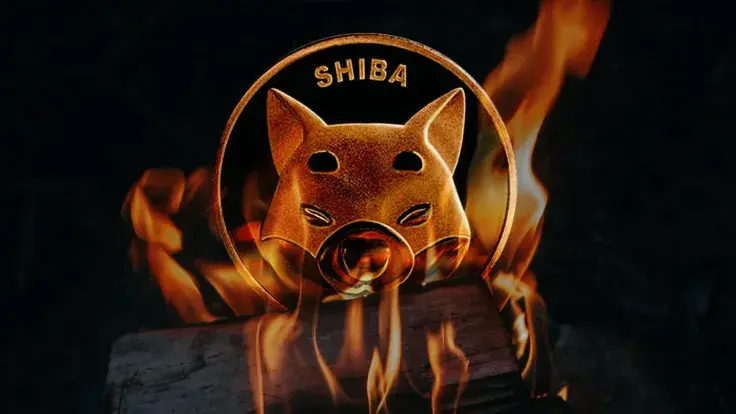
Disclaimer: The opinions expressed by our writers are their own and do not represent the views of U.Today. The financial and market information provided on U.Today is intended for informational purposes only. U.Today is not liable for any financial losses incurred while trading cryptocurrencies. Conduct your own research by contacting financial experts before making any investment decisions. We believe that all content is accurate as of the date of publication, but certain offers mentioned may no longer be available.
Despite the 20% price spike of Shiba Inu on the market in the last seven days, the burn rate of the asset has remained unchanged. The burn rate of a cryptocurrency is a measure of the total number of coins that are being taken out of circulation, and it is typically considered an indicator of the popularity of an asset as a payment tool and the overall network activity.
In the case of Shiba Inu, the burn rate has not changed drastically despite the recent price spike, which could be a sign that the asset is still not being widely used as a payment tool. This is because the main burning volume on the network is generated by merchants that accept SHIB and send it to a burning address, and the recent drop in the burning volume could be due to a decrease in network activity or a decline in the popularity of the token.
Despite these concerns, Shiba Inu has been performing exceptionally well on the market. Since the beginning of the market-wide recovery in January, the asset has gained more than 79% to its value, outpacing many other cryptocurrencies like Ethereum or Solana. At press time, Shiba Inu has been trading at $0.00015 and has gained around 3% to its value in the last 24 hours.
While the recent price spike in Shiba Inu could be a result of speculation, it is important to note that the formation of bearish divergence between the Shiba Inu price and the Relative Strength Index (RSI) could also play a role. RSI divergence is a technical analysis indicator that measures the strength of an asset's price performance, and it is often used to identify potential reversals in price trends.
 Dan Burgin
Dan Burgin Vladislav Sopov
Vladislav Sopov U.Today Editorial Team
U.Today Editorial Team